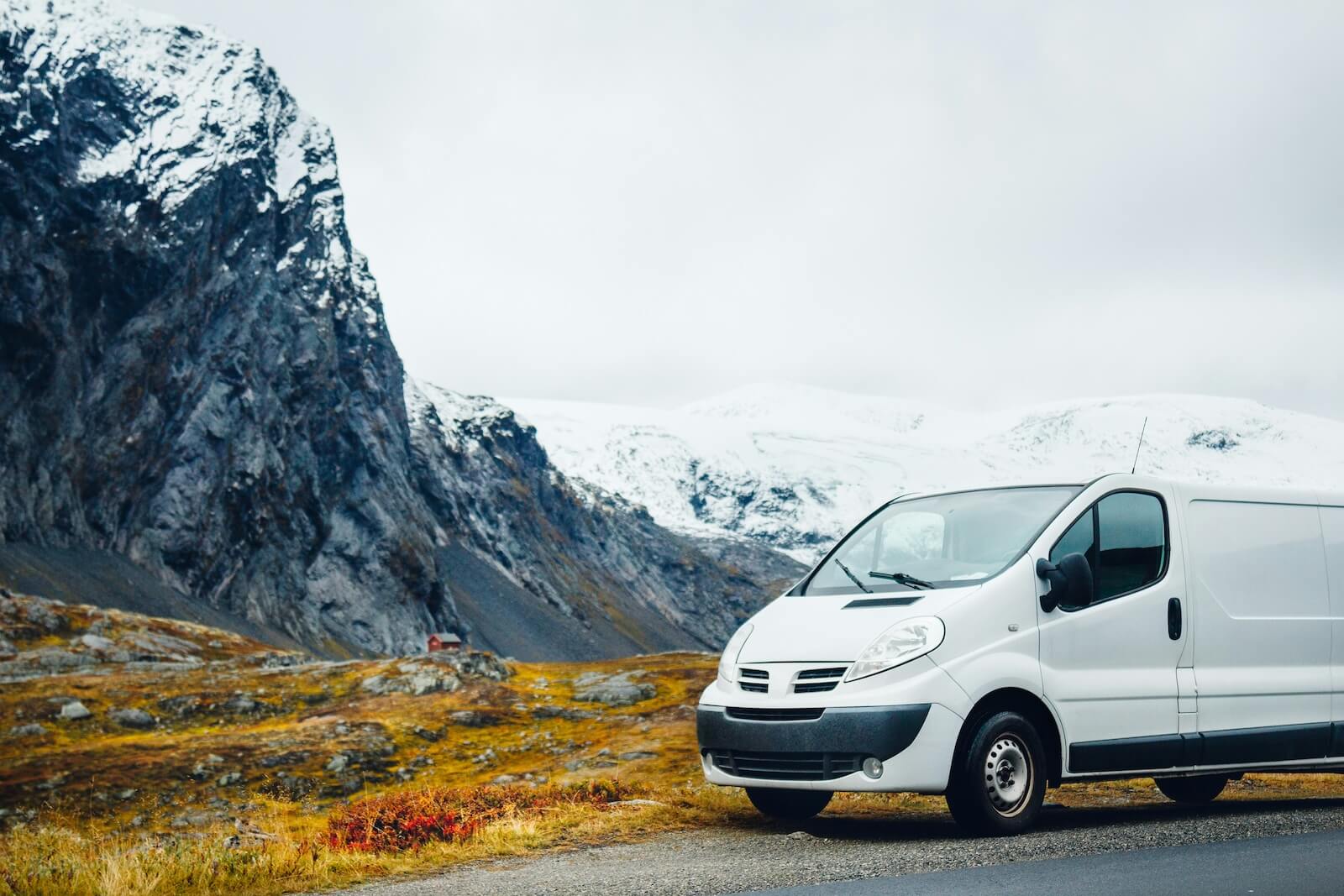Extreme temperatures wreak havoc on unprepared vehicles. After preparing your vehicle for the summer, you may feel like you’ve done your part, but the winter brings another set of challenges you need to prepare your vehicle for. The cold temperatures can thicken fluids, depressurize tires, and make other parts less effective. Though the average driver living in a mild climate can ignore winterizing their vehicle, fleet owners don’t have the same luxury.
Winterizing a fleet of vehicles is a vital task to ensure the vehicles perform optimally during the cold months and to prevent unnecessary wear and tear. The expense of winterizing your fleet may not be ideal, but it’s better than paying for costly repairs that can put fleet vehicles out of commission for days or even weeks. To prevent that from happening, you need to prepare.
Below is a comprehensive checklist to winterize a fleet:
Fleet Winterization Checklist
Switch to Winter Tires
Consider switching to winter tires which have a special tread design and rubber compound to handle snowy and icy conditions. This is a must for Colorado-based fleets, but it may not be necessary if it rarely snows in your service area. However, you want to have at least a couple of vehicles with winter tires in your fleet in case it does snow.
Check Tire Pressure Constantly
Cold temperatures set off a domino effect that starts with air pressure and ends up affecting your fuel efficiency. How? As the air within the tire contracts and decreases the air pressure, your vehicle has to work harder to make the wheels spin, which requires more fuel consumption. This is because less-than-optimal air pressure increases rolling resistance — i.e., the energy that a tire demands in order to continue rolling at a steady speed.
Since tire pressure drops by one PSI for every 10 degrees the temperature drops, it’s best to manually check your tire pressure before heading off, especially after a cold night. Most modern vehicles will alert you of low tire pressure, though it’s always best to be ahead of the curve. You don’t want an alert when a fleet vehicle is on the job.
Battery
Cold can slow down, or completely stop, the chemical reaction happening within a lead acid battery. When that happens, your vehicle may struggle to start or power critical functions such as the heater’s defrost setting.
There are several ways to prepare your battery for the cold. The simplest and cheapest solution is installing a battery blanket, which keeps the battery warm and ready to go when you need it. These insulated, heated blankets can plug into the 12V power supply in your vehicle, though others come with standard two-prong plugs.
Alternatively, you could invest in a battery charger. This may seem unreasonable since vehicles already charge the battery with the alternator, but this only works when the vehicle is in use. If you’re not taking long enough trips or if you’re using too much battery power, it may be difficult for the car battery to hold a full charge. Moreover, as batteries deplete by 20% on average in freezing temperatures, a battery charger can ensure it retains a full charge. The battery’s charge is especially important in the winter, as batteries with a higher charge level are less prone to failing.
Replace Fluids with Winter-Grade Alternatives
A vehicle relies on a variety of fluids to operate, and those fluids are prone to freezing in the winter. Your best course of action is to replace fluids with ones that are designed to withstand freezing temperatures.
Replacing the engine oil with a low-viscosity, synthetic oil or a winter-grade oil can go a long way in keeping your engine primed in the winter. Replacing the windshield washer fluid with a winter-grade fluid is also beneficial. Other fluids, such as brake and transmission fluids may need to be topped off.
Switch to Winter-Grade Wiper Blades
Windshield wiper blades made for the winter are a must-have if it regularly snows in your service area. These wiper blades are made from more rugged materials, and they are much better at removing accumulated snow and ice on the windshield. They are also designed to prevent the hinges from accumulating snow and ice, which can force the wipers to stop moving.
Regular Inspections and Maintenance With Fleet Advisor
A company can help to ensure the safety and optimal performance of their fleet vehicles throughout the winter season by following this comprehensive checklist and performing regular inspections and maintenance.
We understand that performing regular inspections and maintenance takes up time, and it takes you away from your business. Fleet Advisor, a leading fleet management company with branches in Colorado and Texas, is here for your fleet management needs. We can ensure all of your fleet vehicles are regularly inspected, serviced, and prepared for the summer and winter. We’ll even go to you with our mobile fleet maintenance service, so you can get your fleet back on the road as quickly as possible. Our fleet maintenance experts also provide DOT inspection services at a time that suits you best so you don’t get caught off-guard by a random roadside inspection. If you’re ready to take your fleet’s maintenance to the next level, schedule a consultation.
Go to shop for all your fleet maintenance needs in Denver and the surrounding areas. Our years of experience have led us into this venture, a one-stop shop for all your fleet’s needs.


